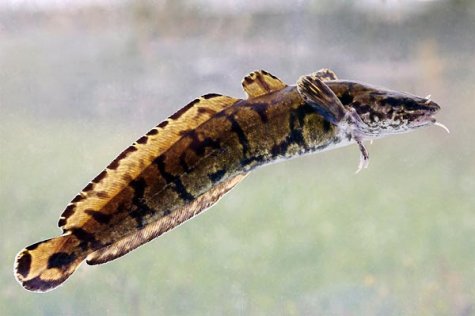Burbots have started spawning at Kasari
Photo and text: Tiit Hunt, Estonian Museum of Natural History
Translation: Liis
Burbot
Burbot Luts Lota lota
We asked Rein Truumets how our only winter-time freshwater spawner in is doing. The December frosts cooled down the water in rivers, and reproduction has started.
The burbot is a cod family, or gadiform, fish that once moved from seawater to fresh waters. As habitat it has chosen well oxygenated, cold waters with pure water, inhabiting about a hundred rivers and lakes in Estonia but also brackish sea bays.
The body of the burbot is long and supple, covered with slippery slime; the small scales are located in the skin. Head broad and flat, on the lower jaw short barbels characteristic of gadiform fishes, eyes relatively large. The tail seems to make up half the body; the first dorsal fin is short, the second long, reaching to the tail or caudal fin as does the anal fin. Back colour is from yellow to dark brown, sides patterned and the belly white.
Burbots become sexually mature at three to five years old; they are then about thirty-five centimetres long. While burbots in rivers are mating this period arrives a little later in lakes. The mating period of the Lake Peipsi burbots lasts up to seven weeks. Spawning places are set on gravelly sand bottoms, where the water moves, but the water depth may be very varying. Characteristically for the gadiform fishes burbot roe is very fine-grained and there is a great amount of it. The incubation time of fertilized roe lasts three months.
The burbot has delicate white flesh suitable for diet dishes. The roe with chopped onion and sour cream (smetana) is delicious but seldom used in Estonia.









